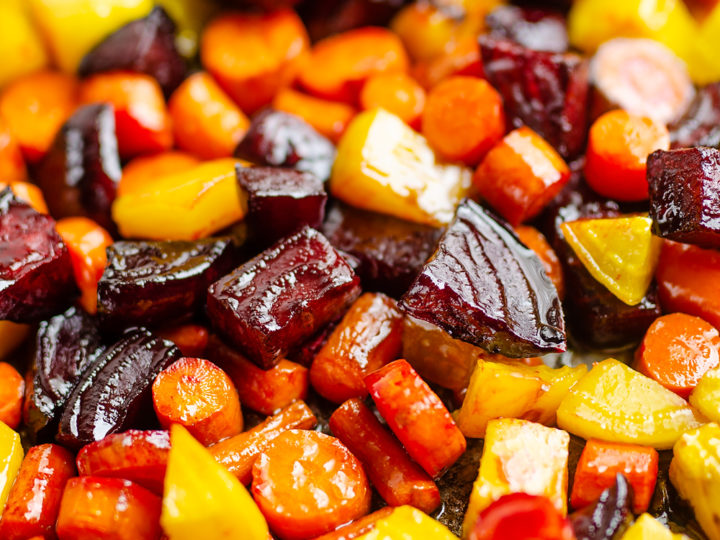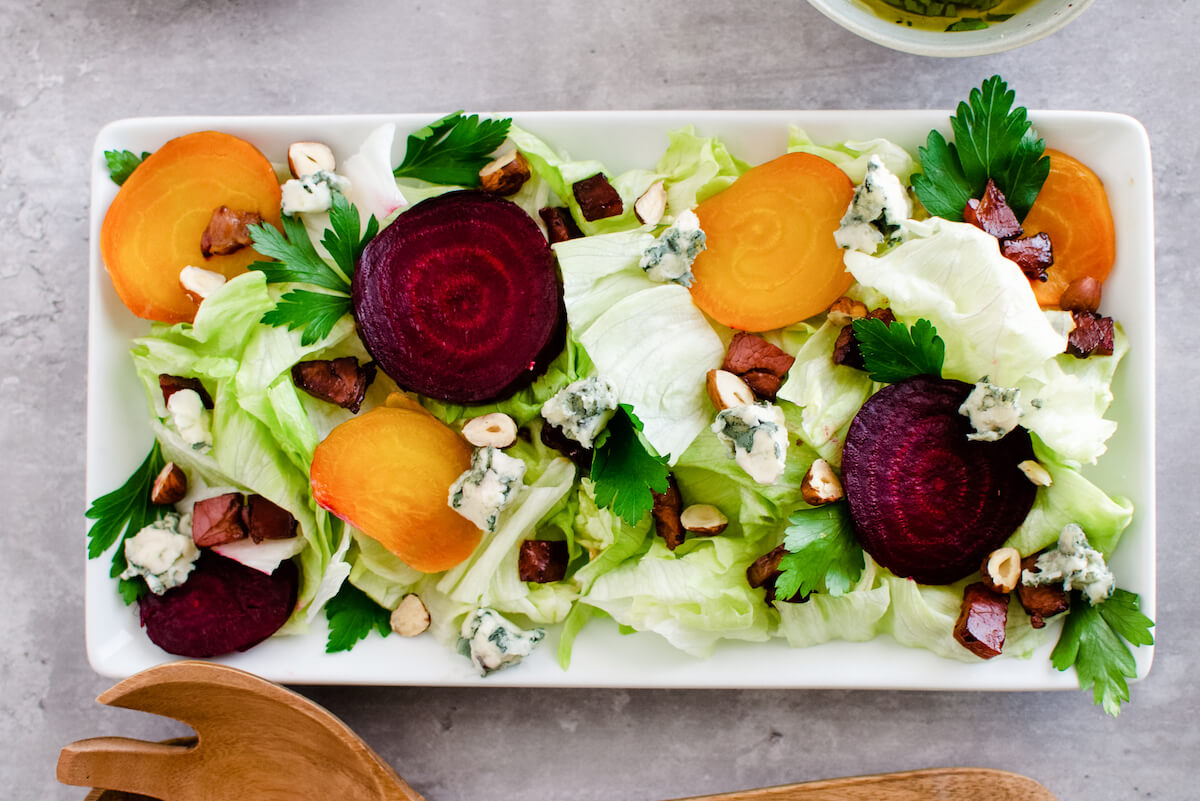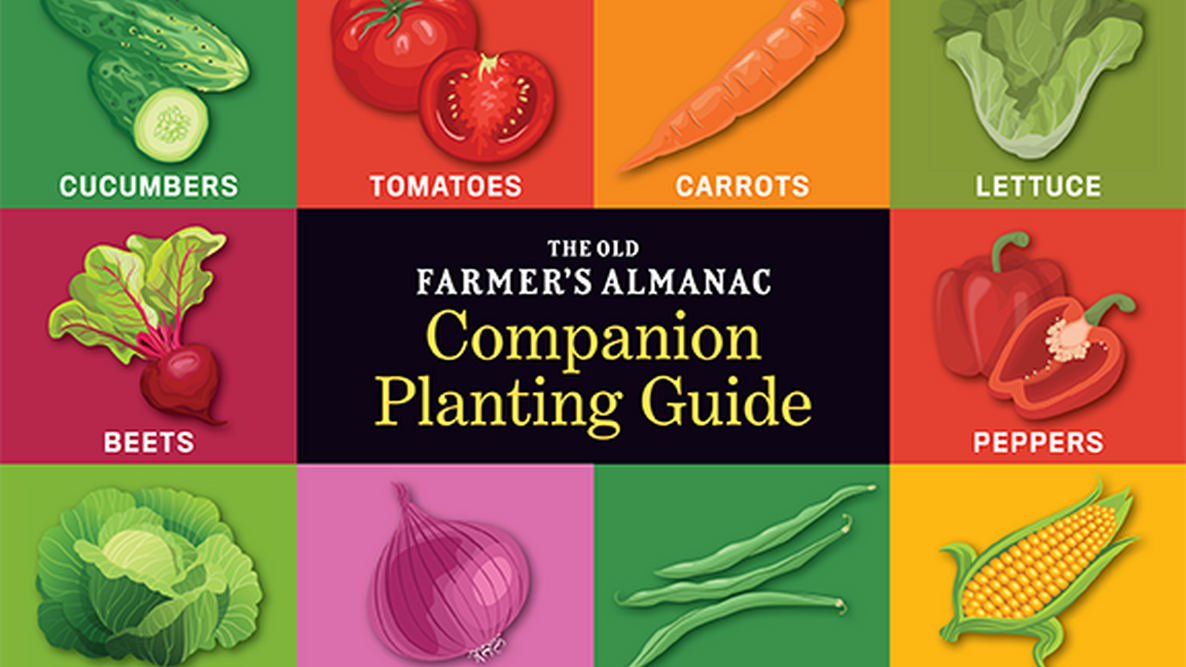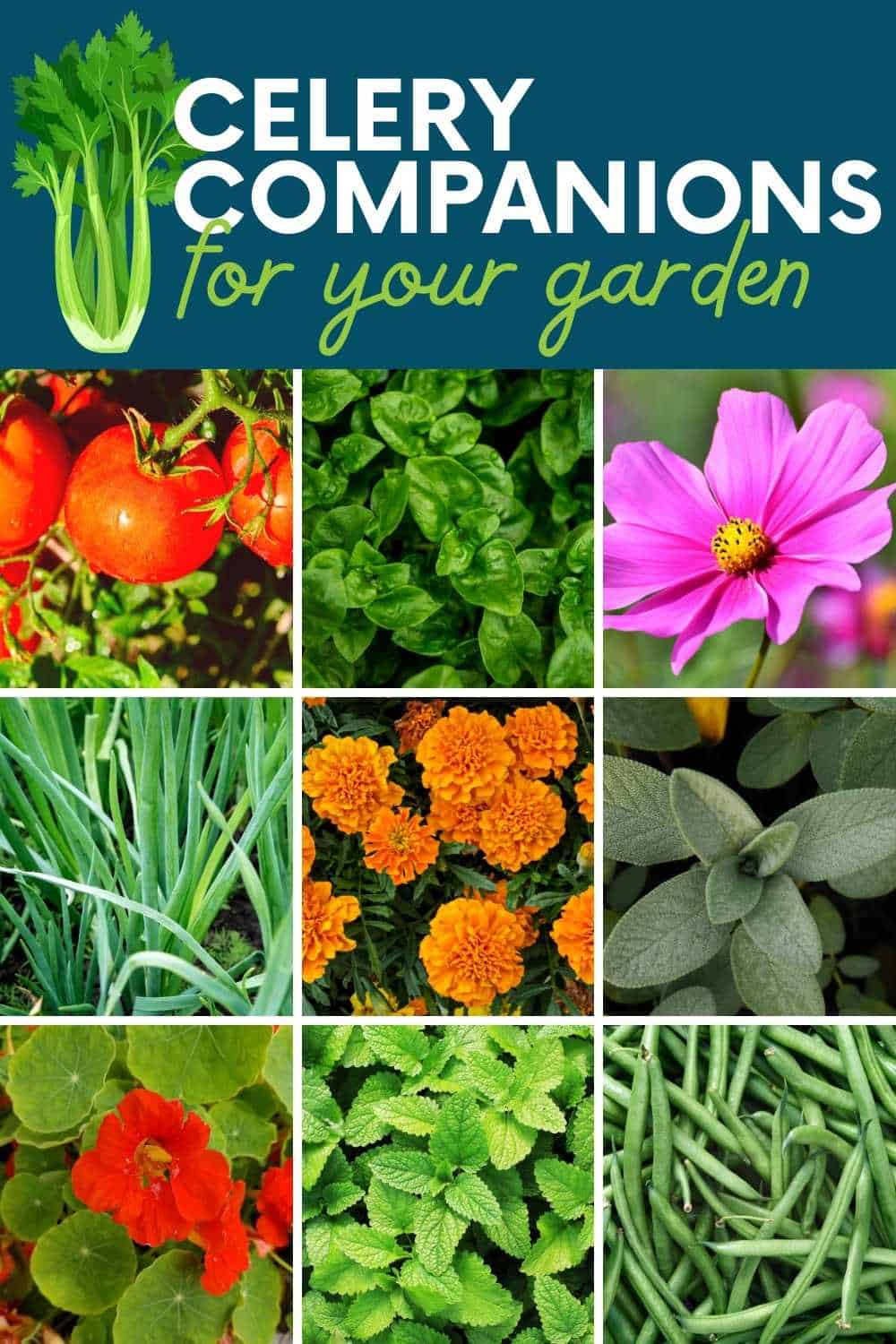Bad Companion Plants For Beets That Will
Bad Companion Plants for Beets That Will Hurt Your Harvest
Beetroot is a delicious and nutritious vegetable that is relatively easy to grow. However, there are a few companion plants that you should avoid planting near your beets, as they can stunt their growth or attract pests.
In this blog post, we will discuss the three worst companion plants for beets: chard, field mustard, and pole beans. We will also discuss some of the reasons why these plants are not good for beets, and offer some suggestions for better companion plants.
Chard
Chard and beets are both members of the chenopodiaceae family, which means they have similar growth requirements. However, chard is a much taller plant than beets, and it can shade out the beetroot, preventing it from getting enough sunlight. Additionally, chard can attract the same pests and diseases as beets, so planting them together can increase the risk of your beet crop being affected.
Field Mustard
Field mustard is a nitrogen-fixing plant, which means it adds nitrogen to the soil. This can be beneficial for some plants, but too much nitrogen can actually be harmful to beets. Beets need a balance of nutrients in order to grow properly, and too much nitrogen can cause the beetroot to grow large and watery, with a poor flavor.
Pole Beans
Pole beans are another nitrogen-fixing plant, and they can also compete with beets for water and space. Additionally, the large bean pods can shade out the beetroot, preventing it from getting enough sunlight. As a result, planting pole beans near beets can lead to smaller beetroots with a poor flavor.
Better Companion Plants for Beets
If you are looking for good companion plants for beets, there are a few options that you can consider. Some good choices include:
- Carrots : Carrots and beets are both root vegetables, and they do not compete for the same resources. Carrots can help to repel pests from beets, and they can also help to improve the flavor of the beetroot.

- Onions : Onions are another good companion plant for beets. They help to repel pests and diseases, and they can also improve the flavor of the beetroot.
- Lettuce : Lettuce is a low-growing plant that will not shade out beets. It also helps to attract beneficial insects, which can help to control pests in your garden.

- Pole Beans : While bush beans are good companion plants for beets, pole beans should be avoided. As mentioned earlier, pole beans can compete with beets for water and space, and they can also shade out the beetroot.
Conclusion
By avoiding planting the wrong companion plants near your beets, you can help to ensure that they grow healthy and strong. By choosing the right companion plants, you can also help to improve the flavor and quality of your beetroot harvest.
Beets are a delicious and nutritious root vegetable that is easy to grow in most gardens. However, it is important to know which companion plants are best for beets, and which ones to avoid.
Some bad companion plants for beets include:
- Pole beans: Pole beans and beets compete for the same nutrients in the soil, which can lead to stunted growth and poor yields.
- Swiss chard: Swiss chard and beets are both members of the Chenopodiaceae family, and they share many of the same pests and diseases. Planting them together can make it more difficult to control these problems.
- Fennel: Fennel releases a chemical compound that can inhibit the growth of beets.
- Field mustard: Field mustard can harbor pests and diseases that can also affect beets.
If you are looking for companion plants that will help your beets thrive, consider planting them with:
- Carrots: Carrots and beets help to repel each other's pests, and they also have different nutrient needs, so they will not compete for resources.
- Lettuce: Lettuce provides shade for beet seedlings, which can help them to germinate more evenly and quickly.
- Radishes: Radishes mature quickly, so you can harvest them before they compete with beets for space and nutrients.
- Onions: Onions release sulfur compounds that can help to deter pests and diseases.
- Garlic: Garlic has strong antibacterial and antifungal properties that can help to protect beets from pests and diseases.
For more information about bad companion plants for beets, please visit Gardenia Inspiration.
FAQ of bad companion plants for beets
- What are some bad companion plants for beets?
Some bad companion plants for beets include:
- Pole beans: Pole beans and beets compete for nutrients and water, and the pole beans can shade the beets.
- Field mustard: Field mustard can attract pests and diseases to beets.
- Chard: Chard and beets are in the same family and share similar growing requirements, which may make it tempting to plant them together. However, doing so can increase the risk of pests and diseases.
- Fennel: Fennel can release a chemical that inhibits the growth of beets.
- Kale: Kale can compete with beets for nutrients and water.
- Why are pole beans bad companion plants for beets?
Pole beans and beets compete for nutrients and water. Pole beans are also heavy feeders, which can deplete the soil of nutrients that beets need to grow. Additionally, the pole beans can shade the beets, preventing them from getting enough sunlight.
- What are some good companion plants for beets?
Some good companion plants for beets include:
- Carrots: Carrots and beets help to deter pests from each other.
- Lettuce: Lettuce helps to suppress weeds and improve the soil drainage around beets.
- Onions: Onions help to repel pests from beets.
- Radishes: Radishes mature quickly, so they can be planted in the same bed as beets and harvested before the beets get too large. Radishes also help to loosen the soil, which can benefit beet roots.
- Spinach: Spinach and beets are both cool-season crops that can be planted together. Spinach helps to suppress weeds and improve the soil quality around beets.
- Can I plant onions next to beets?
Yes, onions are a good companion plant for beets. Onions help to repel pests from beets, and they also help to improve the soil drainage around beets.
- What are some signs that I have planted bad companion plants with my beets?
Some signs that you have planted bad companion plants with your beets include:
- Poor growth: Beets that are planted with bad companion plants may grow slowly or not at all.
- Diseases: Beets that are planted with bad companion plants may be more susceptible to diseases.
- Pests: Beets that are planted with bad companion plants may be more attractive to pests.
If you notice any of these signs, you may need to replant your beets in a different location.
Image of bad companion plants for beets
- Pole beans: Pole beans can attract pests that also target beets, such as aphids and beetles.
- Field mustard: Field mustard can compete with beets for nutrients and water.

- Chard: Chard can shade beets, stunting their growth.

- Spinach: Spinach can attract the same pests as beets, such as aphids and beetles.

- Celery: Celery can harbor root-knot nematodes, which can damage beet roots.

Post a Comment for " Bad Companion Plants For Beets That Will"